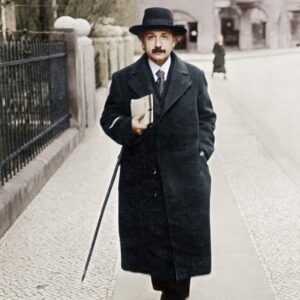Uniting Quantum Mechanics and the Theory of Relativity
New Theory of Everything Unites Quantum Mechanics with Relativity … and Much More
+ One of the goals of modern physics is to determine the underlying rules that govern our reality. Indeed, one of the wonders of the universe is that just a few rules seem to describe many aspects of our world. What’s more, scientists have found ways to combine these rules into simpler, more powerful ones.
That has tempted many thinkers to suggest there might be a single rule, or set of rules, from which all else emerges. This pursuit of a theory of everything has driven much of the thinking behind modern physics. We have built multibillion-dollar machines and observatories to test these ideas, generally with huge success.
+ Despite this success, one outstanding challenge is to unite two entirely different but fundamental pillars of modern science: the theory of relativity, which describes the universe on a large scale; and the theory of quantum mechanics, which describes it on the smallest scale.
+ Both theories almost perfectly explain the results of almost every experiment ever performed. And yet they are entirely at odds with each other. Numerous theorists have attempted a unification, but progress has been slow.
+ That sets the scene for the work of Stephen Wolfram, a physicist and computer scientist who has spent much of his career categorizing simple algorithms, called cellular automatons, and studying their properties. His main finding is that the simplest algorithms can produce huge complexity; some even generate randomness. And his main hypothesis is that the universe is governed by some subset of these algorithms.
Content may have been edited for style and clarity.

